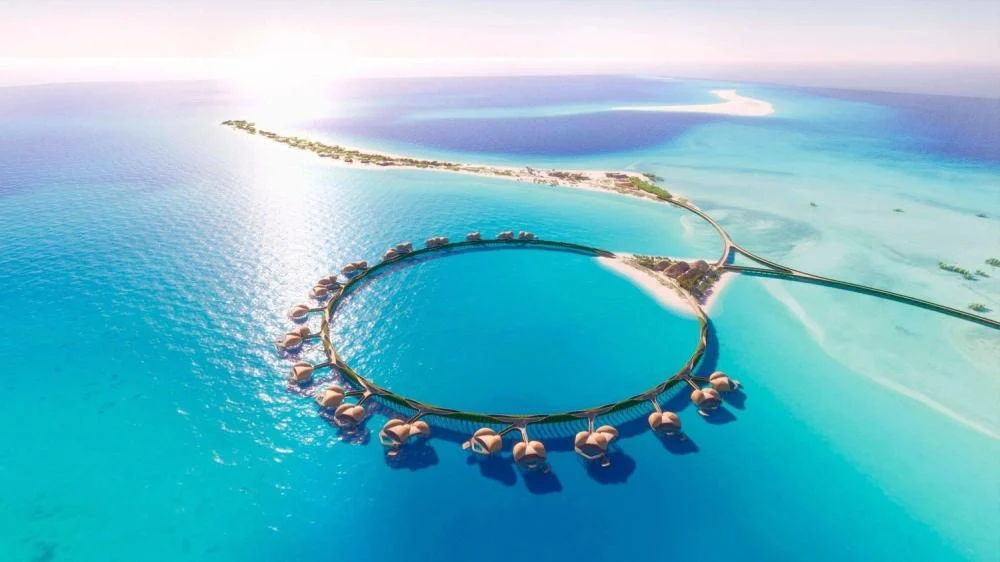theculpritandthecure.com – The Red Sea, a narrow strip of water located between the northeastern coast of Africa and the Arabian Peninsula, is one of the world’s most fascinating bodies of water. Known for its unique marine life, historical significance, and stunning natural beauty, the Red Sea is a key area of interest for scientists, historians, and tourists alike.
Geographic Location and Physical Characteristics
Location and Dimensions
The Red Sea stretches approximately 2,250 kilometers from the Suez Canal in the north to the Bab el Mandeb strait in the south. It is bordered by several countries, including Egypt, Sudan, Eritrea, Djibouti, Saudi Arabia, and Yemen.
Unique Physical Features
The Red Sea is characterized by its warm waters, high salinity, and deep blue hues. Its maximum depth reaches about 3,040 meters, making it one of the deepest and saltiest seas in the world. The sea’s name is attributed to the reddish-brown algae blooms that occasionally appear on its surface.
Marine Biodiversity
Rich Ecosystems
The Red Sea is home to one of the most diverse marine ecosystems globally. It boasts over 1,200 species of fish, with approximately 10% of these being endemic to the region. The coral reefs of the Red Sea are particularly noteworthy, offering a vibrant habitat for countless marine species.
Conservation Efforts
Due to its ecological significance, numerous conservation efforts are in place to protect the Red Sea’s biodiversity. Initiatives focus on preserving coral reefs, combating pollution, and promoting sustainable tourism practices.
Historical and Cultural Significance
Ancient Trade Routes
Historically, the Red Sea served as a crucial maritime route for ancient civilizations, facilitating trade between Africa, the Middle East, and Asia. The sea’s strategic location made it a vital link in the spice trade and other commercial exchanges.
Biblical and Mythological References
The Red Sea holds a prominent place in religious texts and mythology. It is famously mentioned in the Bible as the body of water that parted for Moses and the Israelites during their exodus from Egypt.
Modern-Day Attractions and Tourism
Diving and Snorkeling
The Red Sea is a popular destination for diving and snorkeling enthusiasts. Its crystal-clear waters and abundant marine life offer an unparalleled underwater experience. Popular diving spots include Egypt’s Ras Mohammed National Park and Saudi Arabia’s Farasan Islands.
Coastal Resorts and Activities
The surrounding regions of the Red Sea are dotted with luxury resorts and tourist facilities. Visitors can enjoy a range of activities, from sailing and windsurfing to exploring ancient ruins and cultural sites.
Conclusion
The Red Sea, with its blend of natural beauty, rich biodiversity, and historical significance, continues to captivate and inspire those who encounter it. Whether you are a nature lover, history buff, or adventure seeker, the Red Sea offers something for everyone, making it a true jewel of nature.
